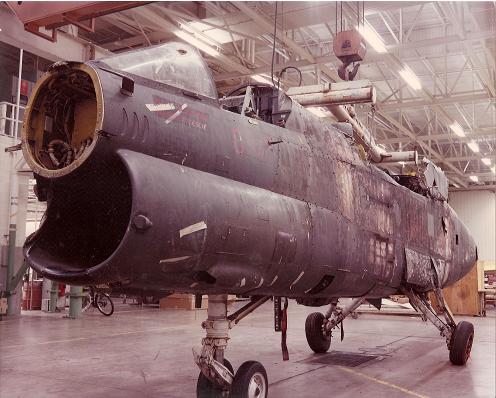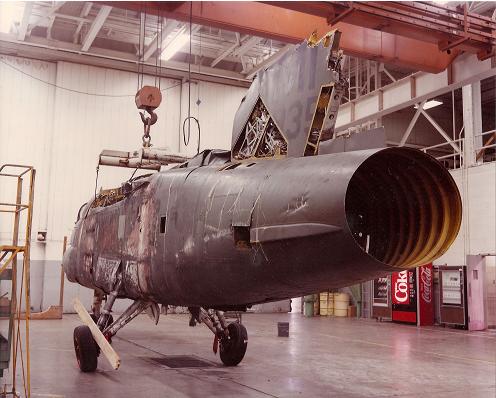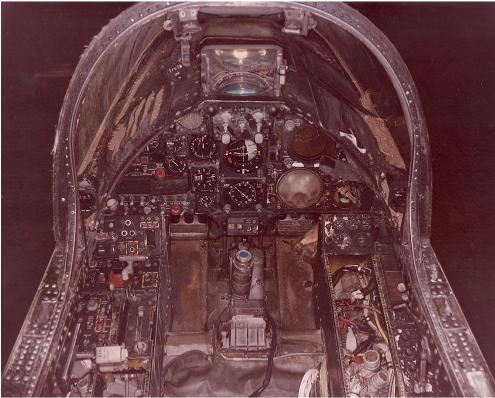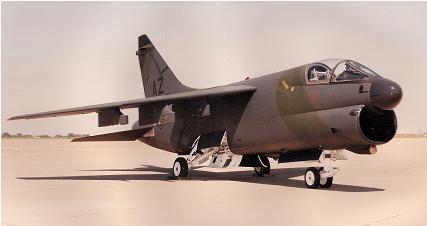My
mentor Burt Noble and I were the principle
engineers. The top notch sheet metal guru was Van
Tilly.
The group was affectionately called "The Junk Yard Dogs". It
consisted of various sheet metal, hydraulic and electrical mechs.
Jerry Scharfenberger was manager over Field Engineering which was
responsible for the engineering support.
Restoration was completed in hangar 224 at the Dallas facility adjacent
to NAS Dallas.
After completion the aircraft was moved to Hangar 76 which was called
the production hangar.
Final check out was performed there and the aircraft was certified for
flight.





